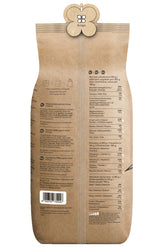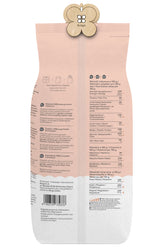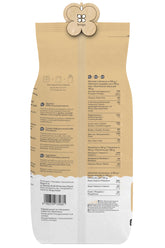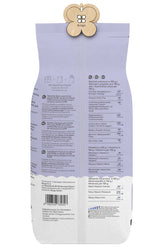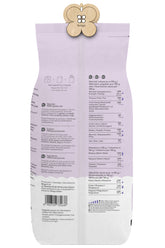Barium nitrate (Ba(NO₃)₂) – Properties, application and safe laboratory work
Barium nitrate, also known as barium nitrate or barium(II) nitrate, is an important inorganic salt with the chemical formula Ba(NO₃)₂. This salt is used in various industries and applications, and its handling must be carefully controlled due to potential hazards. In this blog post, we will take a closer look at the properties, applications, and safety aspects of handling barium nitrate.
Chemical Properties of Barium Nitrate
Barium nitrate is a crystalline, white powder that is soluble in water. It has a molar mass of 261.34 g/mol and a density of 3.24 g/cm³. The melting point is 592 °C, while the boiling point is 500 °C. Barium nitrate is a strong oxidizing agent and can react vigorously with combustible materials.
The chemical structure of barium nitrate consists of barium cations (Ba²⁺) and nitrate anions (NO₃⁻). These ions are arranged in an ionic crystal lattice. Barium nitrate is hygroscopic, meaning it can absorb moisture from the ambient air.
Applications of Barium Nitrate
Barium nitrate finds applications in various industries, including:
Pyrotechnics and fireworks
Barium nitrate is used as an oxidizing agent in fireworks igniters, smoke generators, and pyrotechnic compositions. It imparts a green color to the flame.
Glass and Ceramics Industry
In glass manufacturing, barium nitrate serves as a melting aid and opacifier. In the ceramics industry, it is used to produce glazes and enamels.
Medical Applications
Barium nitrate is used in medicine, for example as a contrast agent for X-ray examinations of the gastrointestinal tract.
Chemical Syntheses
In chemical laboratories, barium nitrate is used as a starting material for the synthesis of other barium compounds.
Agriculture
In agriculture, barium nitrate can be used as a fertilizer to enrich the soil with barium.
Safety Aspects in Handling Barium Nitrate
Although barium nitrate has diverse applications, caution must be exercised in its handling. Barium nitrate is a strong oxidizing agent and can react vigorously with flammable materials. Therefore, certain safety measures should be observed when handling this substance:
Storage and Transport
Barium nitrate should be stored in a cool, dry, and well-ventilated area, separated from flammable materials. Transport must comply with applicable hazardous materials regulations.
Personal Protective Equipment
When handling barium nitrate, wearing protective equipment such as lab coats, safety goggles, and nitrile gloves is required to avoid skin contact and dust inhalation.
Disposal
Barium nitrate waste must be disposed of properly as it is hazardous waste. Disposal should be carried out in accordance with applicable environmental regulations.
First Aid
In case of exposure to barium nitrate, immediate medical assistance should be sought. In case of skin contact, the affected area should be thoroughly rinsed with water; in case of eye contact, eye irrigation should be performed.
Conclusion
Barium nitrate is a versatile inorganic salt used in various industries. However, handling this substance requires special safety measures due to its oxidizing properties. By adhering to safety regulations, proper storage and disposal, and using appropriate protective equipment, barium nitrate can be used safely and effectively in laboratories and industrial operations.




